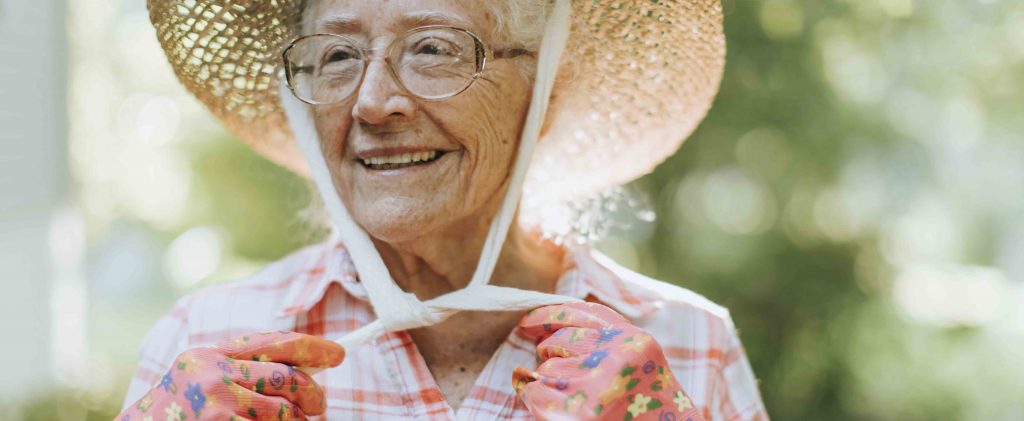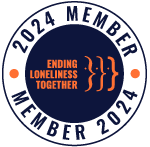And how you can get the right balance.
by Penny Oxby, UQ Healthy Living Accredited Dietitian.
Autumn in Brisbane is glorious – the daytime temperature is just right for outdoor activity or jobs around the home and the cooler nights allow for a good night’s sleep. However, the cooler seasons of autumn and winter also bring shorter daylight hours, which puts many of us at risk of developing seasonal vitamin D deficiency.
Vitamin D is fat soluble, and people under the age of 50 can produce and store extra vitamin D for times during the cooler months when production goes down. However older people are less efficient at making vitamin D and so are at greater risk of seasonal deficiency. Others who are at greater risk of D deficiency are people with very dark skin, those with limited sun exposure and people with conditions that affect vitamin D metabolism or absorption.
Why we need D if we want to age well
Vitamin D acts on many tissues and organs throughout the body but is best known for its role with calcium in maintaining healthy bones. The amount of calcium absorbed from our gut (from the foods and fluids we consume) is enhanced by vitamin D.
Low levels of vitamin D reduce calcium absorption. If the body’s demand for calcium is greater than intake from the gut then calcium is withdrawn from our bones. Over time this reduces bone density, which increases the risk of thinner, more fragile bones and osteoporosis. Vitamin D also improves muscle strength and function, and low levels have also been associated with dementia, cognitive decline and depression so having normal levels of vitamin D is an important part of healthy ageing.
Sunlight – it’s all about balance.
Most of our Vitamin D comes from the action of sunlight on our skin. Small amounts of vitamin D come from the diet, but it is almost impossible to get enough Vitamin D from diet alone. Foods that are rich sources of vitamin D in Australia include eggs (highest in the yolk), fatty fish (sardines, salmon and tuna) and fortified products such as margarine.
So if sun exposure is recommended for Vitamin D, how much sun is needed and what’s the best way to be sun safe? The Cancer Council has some great advice about getting the balance right for healthy sun exposure. The trick is to be aware of ultraviolet (UV) radiation. The sun’s UV radiation is the main cause of skin cancer and is measured on a scale from 0 (low) to 11+ (extreme).
When UV levels are 3 or above, sun protection is a priority (“slip, slop, slap, seek and slide”). When UV levels are below 3, sun protection is not generally required. You can maintain your vitamin D levels by being physically active outdoors such as going for a walk when UV levels are below 3. In Brisbane our average UV levels are greater than 3 year round but at this time of year, UV levels fall below 3 in the mornings and early afternoons. You can use the Cancer Council’s “Sun Smart” app (available to download for free) to find out when sun protection is recommended every day.
How can you find out if your vitamin D is normal?
Vitamin D levels in your body can be checked with a blood test. See your doctor to discuss whether you should be tested.
If you are diagnosed with vitamin D deficiency, your doctor will discuss ways of treating this, which may include vitamin D supplementation. The most common form of supplement is an oral tablet, taken daily or sometimes weekly. To normalise your vitamin D stores, your doctor may recommend a short course for two to three months at a higher dose. Thereafter management will depend upon the cause of the deficiency.
For more information about vitamin D and meeting your requirements, book a dietetics consult with us today.



